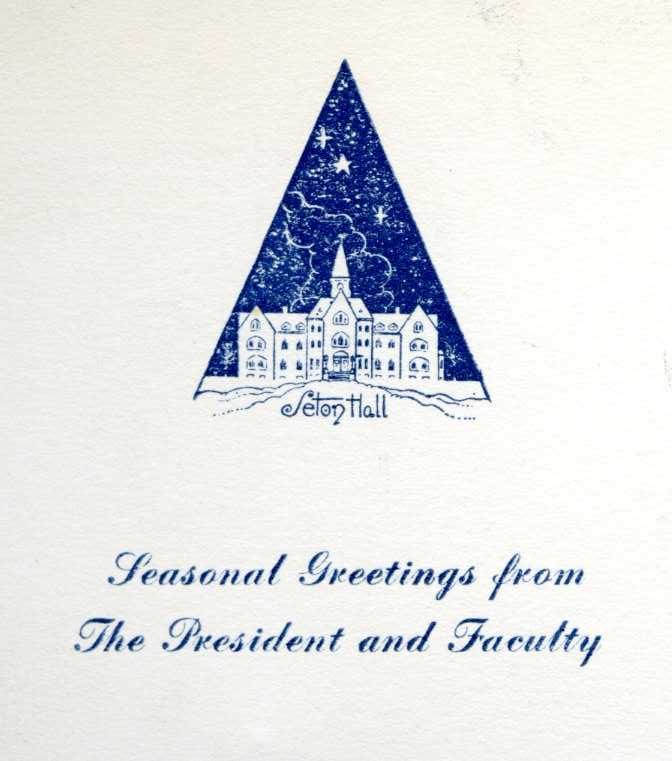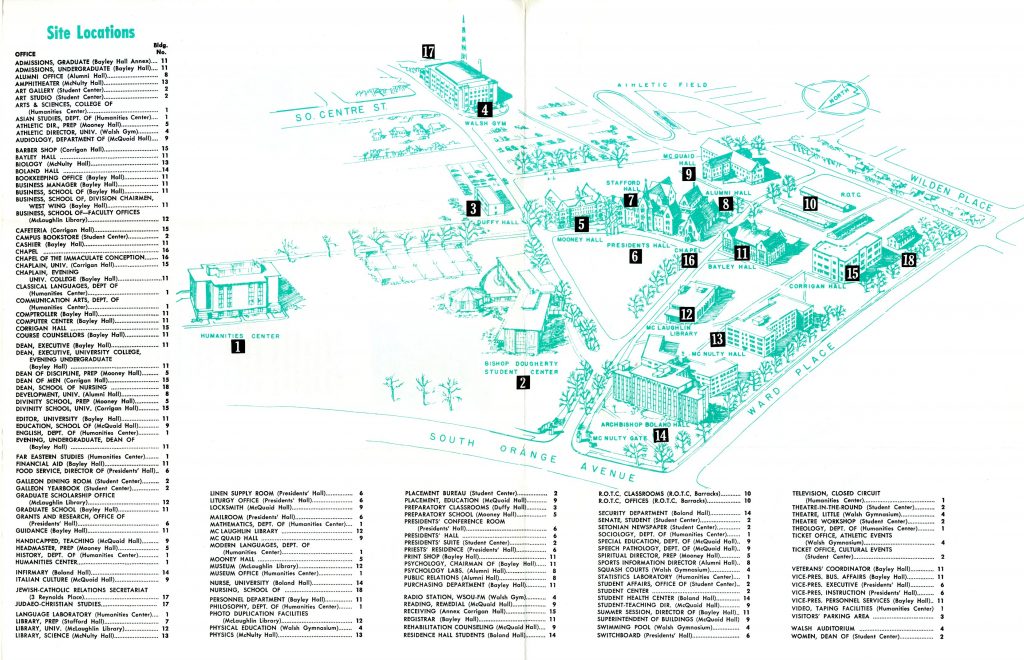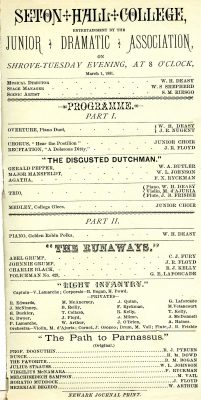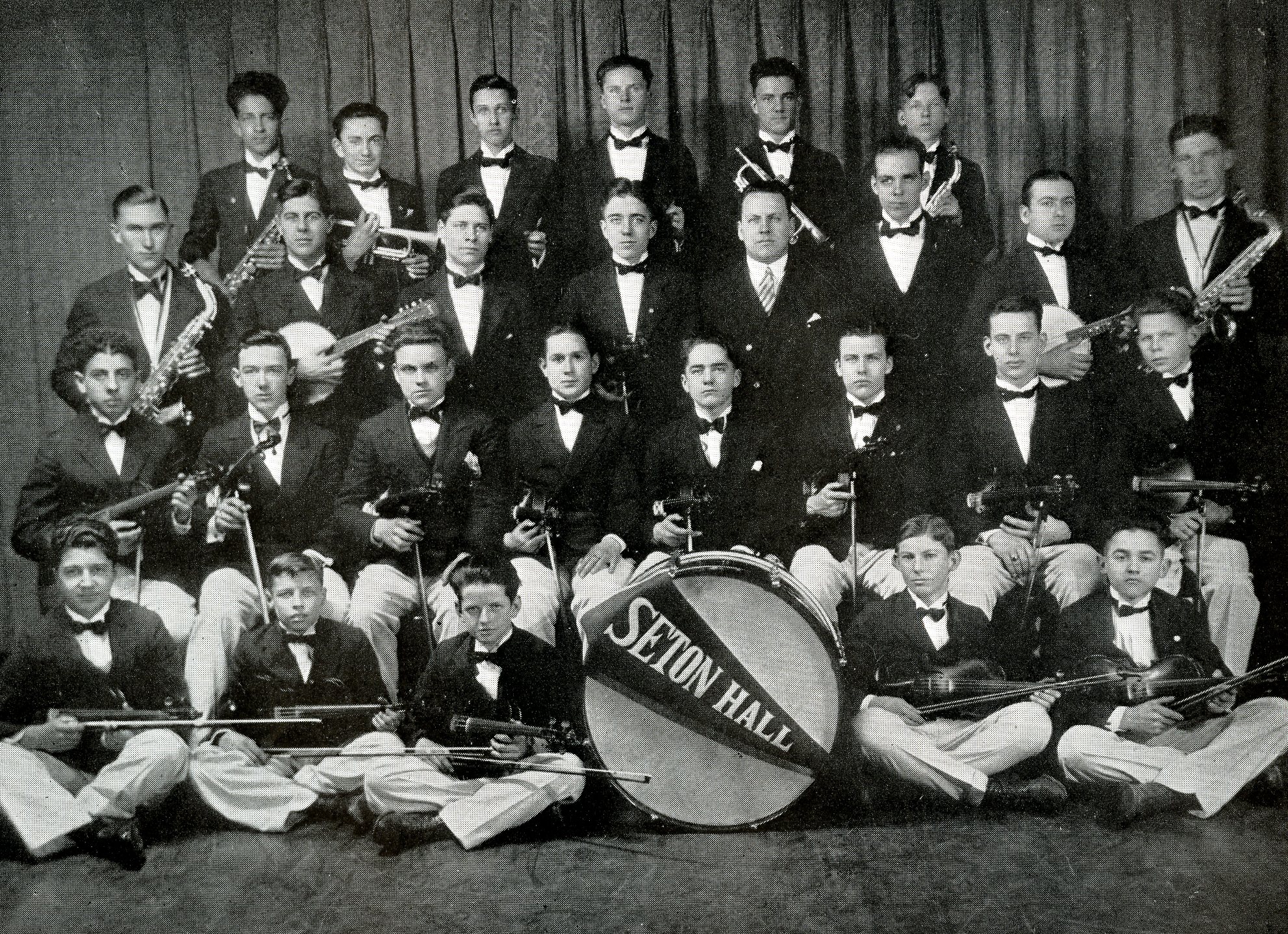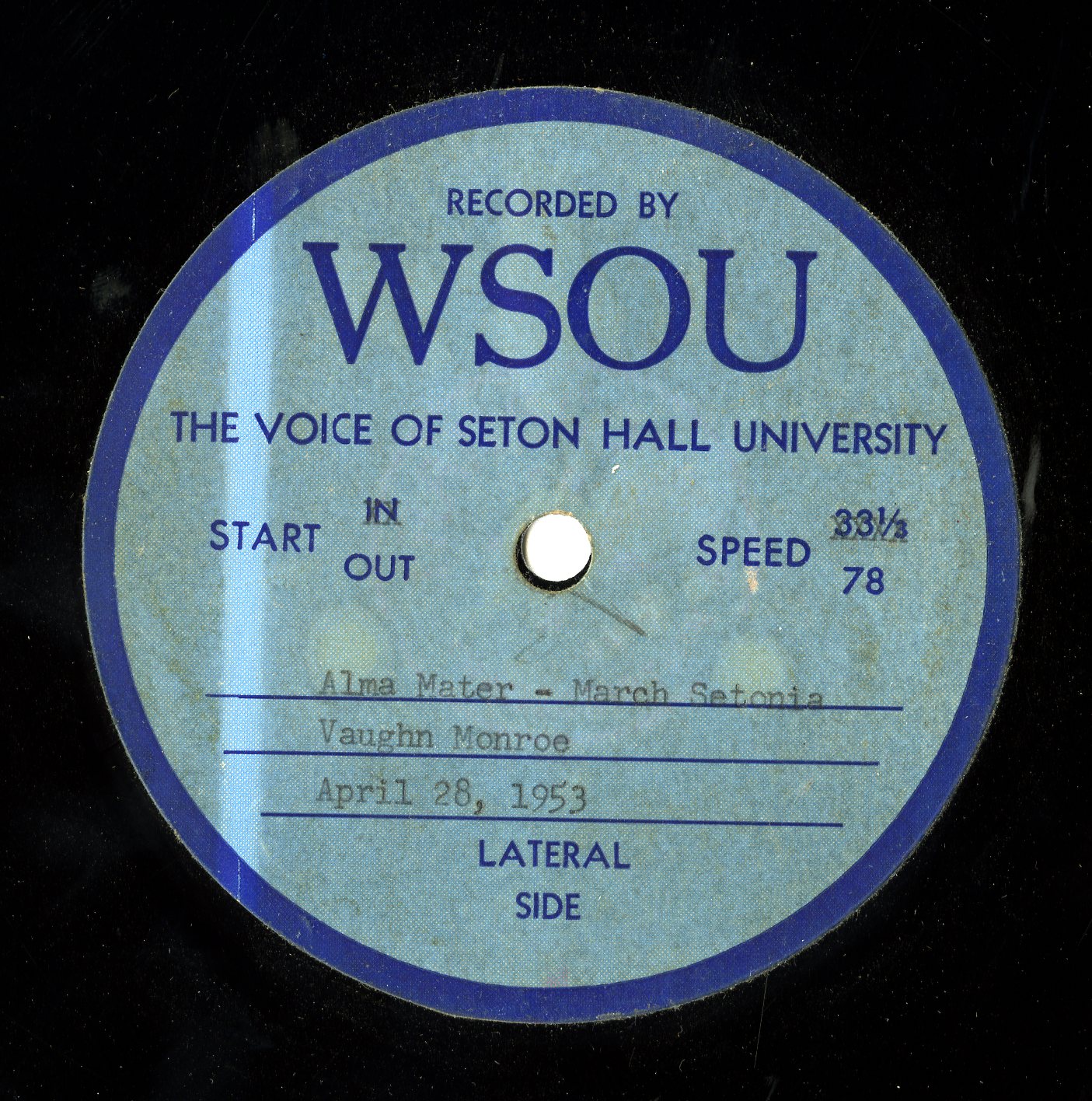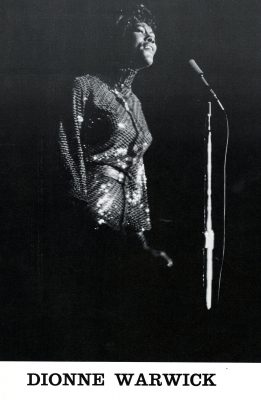In honor of Women’s History Month, the Archives & Special Collections Center is proud to present an exhibit that honors some pioneering female professionals who made a difference in the building of a stronger administrative and educational institution over the last several decades on campus.
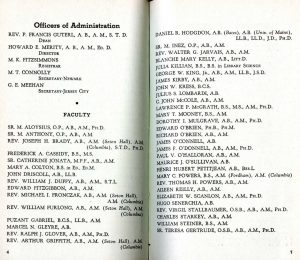 List of First Female Faculty at the Urban Division of Seton Hall College (1937)
List of First Female Faculty at the Urban Division of Seton Hall College (1937)
The varied contributions made by women in the annals of Setonia have always been significant from her earliest days forward. A portent of success was found when Mme. Chegary, a successful school mistress sold her academy to the Diocese of Newark in 1856 on land in Madison that served as the first home of Seton Hall.
Upon establishment of the school, the work of the Sisters of Charity was enlisted to provide spiritual leadership and nursing care and supervision of the infirmary during the 19th century. The mothers of the all-male Seton Hall student body also provided a strong influence as role models and support for their college-bound sons. The accomplishments of women during the early years of Seton Hall was rarely documented and mostly done in the shadows, but their varied and valuable contributions cannot be denied.
When it came to individual females who began the trend of administrative leadership on campus, Ms. Marie K. Fitzsimmons began her affiliation with Seton Hall as the College Registrar in 1928 and lasted through most of the 1950s. Her work defined who would ultimately attend Setonia and she also oversaw the dawn of co-education when women were first admitted to the Urban Division of Seton Hall (Newark and Jersey City) in 1937.
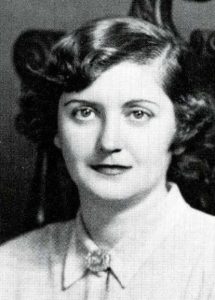
This move towards admitting female students also paved the way for the first women faculty (either adjunct or full-time) members. This included a number of subject experts including – Sr. M. Aloysius, O.P., Ph.D. (Psychology); Sr. M. Anthony, O.P., A.M. (Education); Sr. Catherine Jonata, M.P.F. (Modern Languages), A.M.; Mary A. Colton, LL.B. (Law); Sr. M. Ines, O.P., A.M. (English); Blanche Mary Kelly, Litt.D. (English); Julia Killian, B.S. (Library Science); Mary T. Mooney, A.M (Sociology).; Dorothy I. Mulgrave, Ph.D. (English); Mary C. Powers, A.M. (English & History/Social Studies); Aileen Reilly, A.M. (English); Elizabeth Scanlon, Ph.D. (Education); and Sr. Teresa Gertrude, O.S.B., Ph.D. (Education). Complimenting this roster of instructors was Ms. Rita Murphy who became first head of an information center when she became Director of the Urban Division Library during the 1938 academic year.


Leadership opportunities arose shortly afterwards when Professor Anne E. Murphy, B.A., B.S. was named as the first Dean of Nursing. She became the first-ever female department head at Seton Hall in 1940. Her example led the way to the hire of other professional women who continuously led the School of Nursing in succession to the present day. Other milestones initiated across campus included creation of the Dean of Women positon first held by Ms. Ruth Dugan, A.M. during the early 1950s.
When it came to national recognition, Seton Hall instituted its Law School in 1951 and school administration selected Miriam T. Rooney, LL.B. as the inaugural Dean who served in this capacity until her retirement in 1959.

Eventually more women served as key managers, faculty, vice presidents, deans, trustees, and within the last few years assumed top positions within the administration. Provost and Executive Vice President, Karen Boroff, Ph.D. and Acting University President appointed in 2016 and Mary Meehan, Ph.D. named in 2017 who serve in their respective capacities have made history and continue to blaze trails in the process.
Examples from our collection will be on exhibit from February through May of 2019 in the First Floor foyer of Walsh Library located across from the stairs and elevator.
- For additional background and more information on this topic and other aspects of Seton Hall please feel free to contact University Archivist, Alan Delozier at: alan.delozier@shu.edu or by phone: (973) 275-2378.
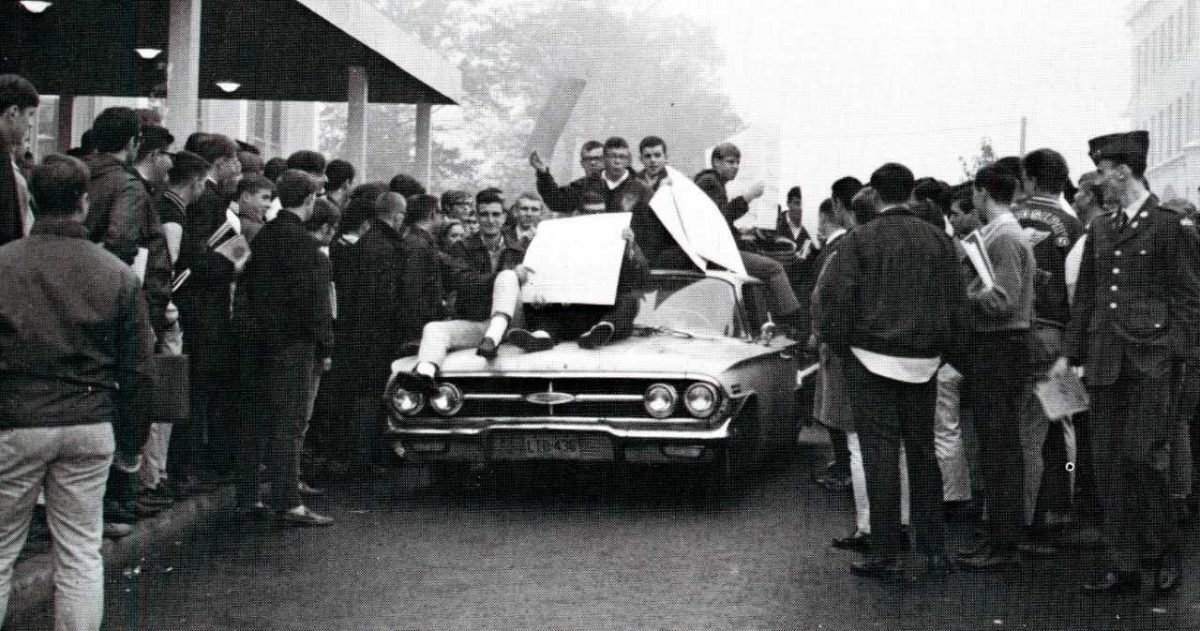
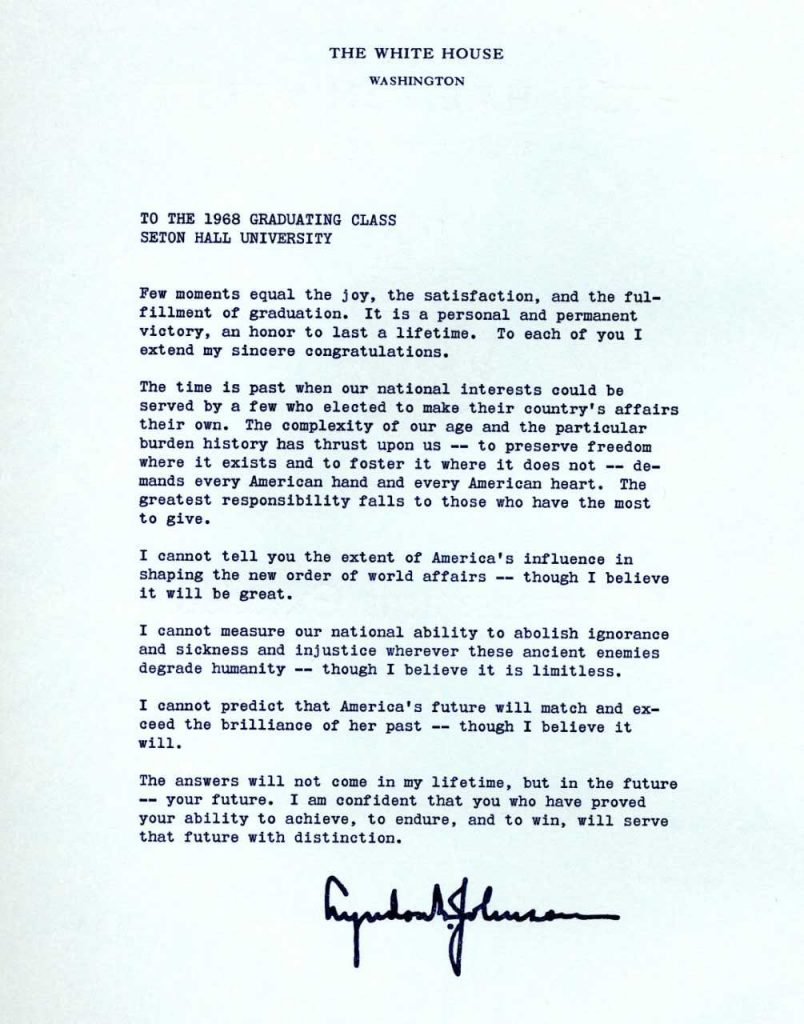
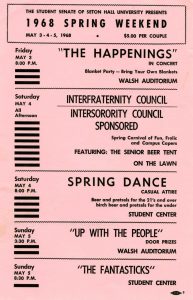
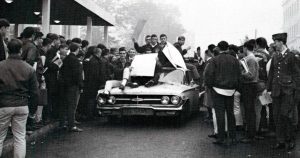
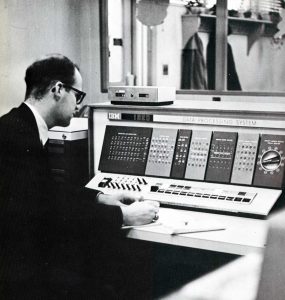
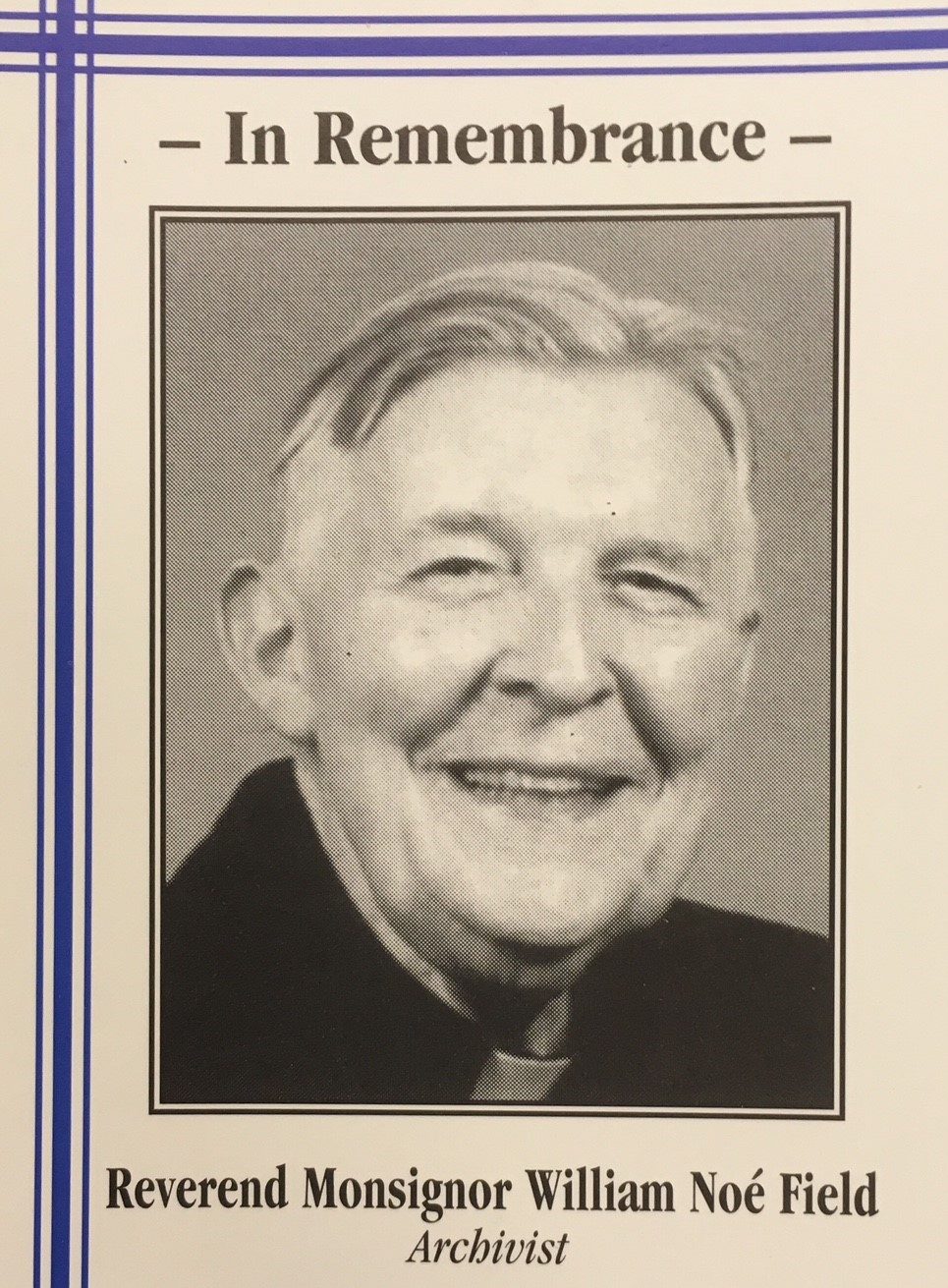

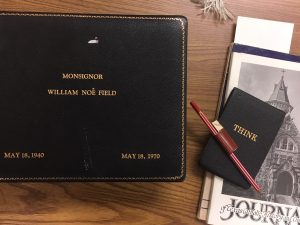
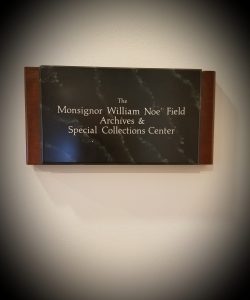

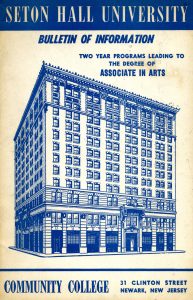


 For more information about college humor, satire in print, and other historical notes about Seton Hall please feel free to contact Alan Delozier, University Archivist at: Alan.Delozier@shu.edu or phone at (973) 275-2378.
For more information about college humor, satire in print, and other historical notes about Seton Hall please feel free to contact Alan Delozier, University Archivist at: Alan.Delozier@shu.edu or phone at (973) 275-2378.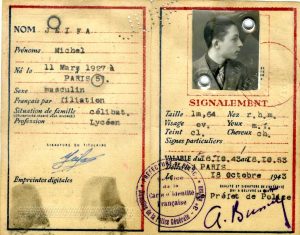
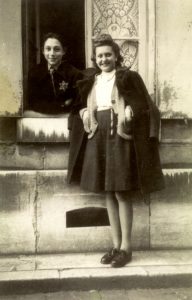
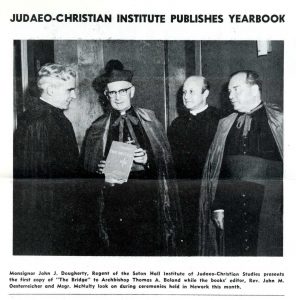

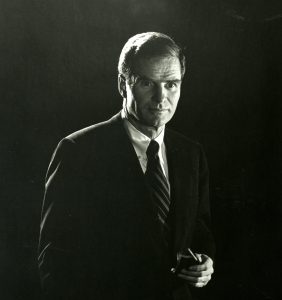
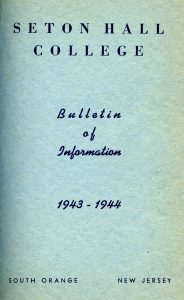
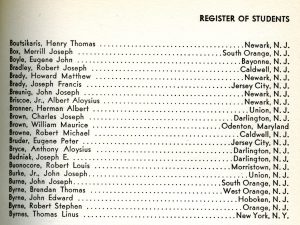
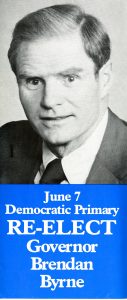 and within months he was made the Essex County Prosecutor. Over the next decade, Byrne argued over 60 different cases before the New Jersey Supreme Court and achieved recognition for prosecuting dishonest contractors and powerful underworld figures. Starting in 1968, Byrne served as President of the State Board of Public Utility Commissioners. He left this position when he was appointed to the New Jersey State Supreme Court in 1970. In 1971, he handed down a decision that declared the state law on capital punishment unconstitutional. He resigned from the Supreme Court in 1973 to run for Governor.
and within months he was made the Essex County Prosecutor. Over the next decade, Byrne argued over 60 different cases before the New Jersey Supreme Court and achieved recognition for prosecuting dishonest contractors and powerful underworld figures. Starting in 1968, Byrne served as President of the State Board of Public Utility Commissioners. He left this position when he was appointed to the New Jersey State Supreme Court in 1970. In 1971, he handed down a decision that declared the state law on capital punishment unconstitutional. He resigned from the Supreme Court in 1973 to run for Governor.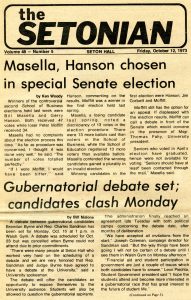
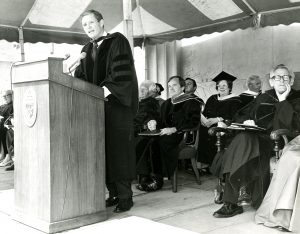
 Christmas has been an event traditionally embraced by generations of Setonians as a special time in their lives both in experiencing campus traditions leading up to the celebration and looking back at memorable days of yore. This prelude and embrace of the holiday is not only clearly expressed in such Seton Hall traditions as the Nativity Scene constructed outside of the Immaculate Conception Chapel, the presence of Holly Wreaths on entrance ways on many iconic buildings from South Orange Avenue to Ward Place, Musically-Themed Concerts, Pageants, Plays, and other artistic endeavors that highlight Holiday Music, and other signs of the season are evident across campus throughout December. In recent times, the lighting of the Christmas Tree found outside of President’s Hall has grown into a major event each year and officially signals the beginning of celebrations campus-wide. The popularity of these and other rituals are not only anticipated, but are typically announced or memorialized in that most customary of seasonal gifts – the Christmas Card.
Christmas has been an event traditionally embraced by generations of Setonians as a special time in their lives both in experiencing campus traditions leading up to the celebration and looking back at memorable days of yore. This prelude and embrace of the holiday is not only clearly expressed in such Seton Hall traditions as the Nativity Scene constructed outside of the Immaculate Conception Chapel, the presence of Holly Wreaths on entrance ways on many iconic buildings from South Orange Avenue to Ward Place, Musically-Themed Concerts, Pageants, Plays, and other artistic endeavors that highlight Holiday Music, and other signs of the season are evident across campus throughout December. In recent times, the lighting of the Christmas Tree found outside of President’s Hall has grown into a major event each year and officially signals the beginning of celebrations campus-wide. The popularity of these and other rituals are not only anticipated, but are typically announced or memorialized in that most customary of seasonal gifts – the Christmas Card.
